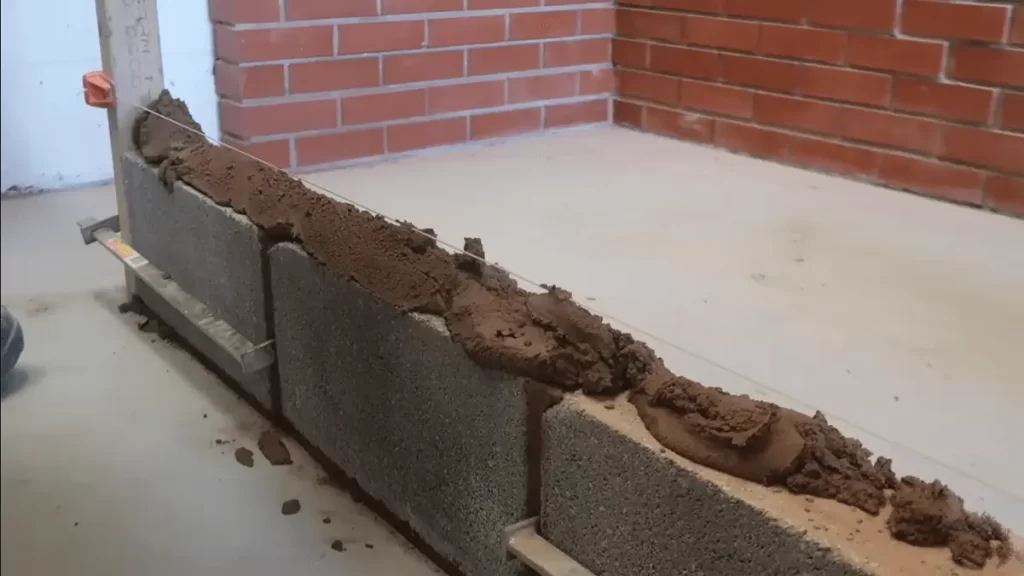How to estimate construction costs?


How to estimate construction costs?
Cost estimation is a key step in making decisions related to construction projects. You cannot manage construction projects without understanding their life cycle, as this often results in quality issues, budget overruns, and undue delays. So, from start to finish, you must know how to estimate the costs of the initiated construction project.
In construction, most projects follow a similar process, which includes collecting necessary information, defining the project scope, and calculating estimates. Estimating costs involves assessing expected expenses, including materials, labor, equipment, and/or professional fees. This article guides you through the process of creating an accurate construction cost estimate for projects of any size.
Preliminary Survey
At the outset, a preliminary assessment of the construction site is carried out to check the possibility of successful construction and subsequent cost estimation. The survey helps assess route access to the site, topography, soil conditions, and overall infrastructure. All these factors play a key role in cost estimation, project planning, effective risk management, etc.
Project Scope and Planning
The project scope is crucial for improving the accuracy of cost, schedule, and resource estimates. It determines the direct costs such as labor, material, or equipment, hidden costs, or contingency costs of the construction project. It involves breaking down the major deliverables of a construction project into smaller, more manageable components.
The project scope paves the way to identify and measure all the materials needed to complete a construction project based on the plans and specifications. The cost estimation based on quantities includes everything from large items like concrete and steel to smaller elements such as installations, hardware, and accessories.
Before starting construction, you must carefully measure everything on the site, and most importantly, the slopes, angles, and potential waste. If you neglect or avoid comprehensive measurement, you will be in trouble during construction.
Labor Costs
A significant portion of the construction cost (approximately 40-45%) consists of labor estimates. Determining labor costs is a complex and difficult task in construction projects. So, to estimate labor costs, you need to figure out hourly pay, include extra costs, and consider skilled vs. unskilled labor, the nature of the work, and any unexpected problems that might appear.
Equipment Costs
Part of the cost is for the equipment that has to be used. You need to accurately estimate the equipment cost by considering several factors: type, quality, purchasing price, and capacity of the equipment. Moreover, transportation and installation charges are part of the equipment costs. During the construction process, it is often observed that the maintenance, repair, or replacement of the equipment also affects the overall budget. Thus, a comprehensive understanding of equipment cost saves you from embarrassment.
Click for Construction Cost Estimating Services to explore more.
Material Costs
Knowing the cost of materials is another key part of construction cost estimation. Material costs, like labor costs, get a big share of the overall budget. It encompasses everything from large elements (steel, concrete, wood, glass, etc.) to smaller elements (paint, decorations, etc.), as well as delivery.
Contingency Costs
It is also a part of the overall budget allocation. It is added to the construction costs to cover risks, unpredictable events, or hazards that may arise during the construction process. Also, overhead and indirect costs, like temporary utilities on-site, insurance, and permits, should be considered. While these costs don’t directly affect construction, they are important for managing the project.
Recheck your calculations and make sure the costs reflect current market prices. If parts of the estimate are complex, consult experts to verify the details. For instance, you could reach out to a supplier for information on material prices or availability or ask a professional for input.
Construction Phase
During the construction phase, develop a control estimate. This estimate compares what the project has actually spent with what was originally planned. It helps you find any differences quickly and adjust to stay within budget. It is usually backed by tools that track expenses and provide regular updates on the project’s progress.
Estimate at Completion
This estimate shows the expected total cost of the project by adding the costs already spent to what is still expected to be spent. The EAC helps keep the project’s costs under control. It is calculated using this formula: EAC = Actual Costs + (Remaining Work ÷ Cost Performance Index).
Construction Cost Estimating Methods
1. Analogous Estimating
Analogous estimating is a method for estimating construction costs by looking at past projects. It simply means that you take the cost of a similar project that’s already been completed and use it as a starting point for your current project. Then, you adjust the estimate based on the differences in your current construction project. If you need a rough estimate before starting a project, it is an effective method.
2. Parametric Estimating
In this method, we use specific, measurable details, like cost per square foot or the time required for certain tasks. It mainly focuses on identifying the main factors that affect costs and using them for different projects. This method works well when you have reliable data from similar projects. During the planning phase, you can make an accurate estimation of construction costs.
3. The bottom-up Estimating
The bottom-up estimating method involves breaking the project into smaller tasks, estimating the cost of each task, and then adding them up to get the overall cost. It takes more time but usually gives the most accurate result. If you need precision and the project is clearly defined, this is the best approach.
4. Delphi Method
In the Delphi method, you consult with a group of professionals or experts to discuss the cost estimate for your project. The experts take their time to analyze the best and worst scenarios and develop a common estimate. It is a useful method of estimation, especially for uncertain or complex projects.
Accurate cost estimation is the base of a successful construction project. From the initial site survey to defining the project scope and calculating labor expenses, every step plays a vital role in shaping the project’s overall budget. By understanding the key elements involved, you can estimate the project costs effectively.
Read our Interested Topic on: How to Estimate Square Yards of Concrete?

